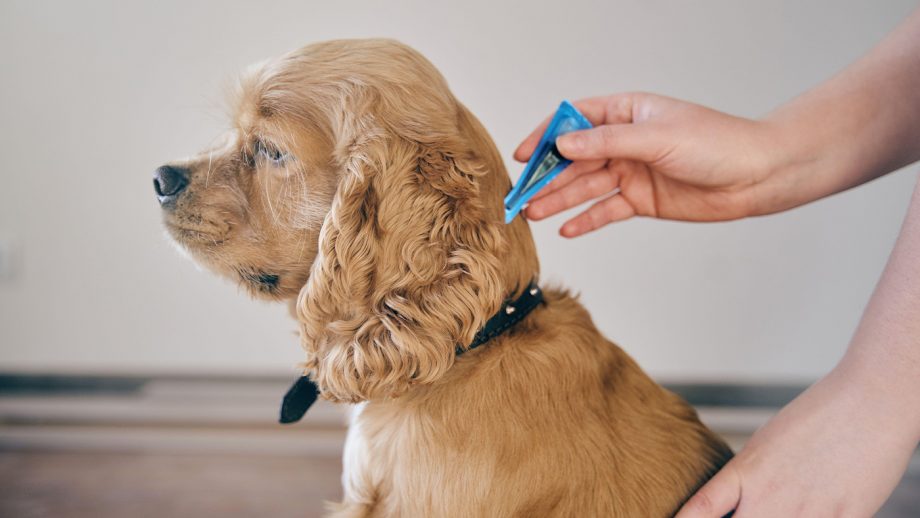Fleas can be a persistent and annoying problem for dogs and their owners. These tiny, blood-sucking pests not only cause discomfort to our furry friends but can also lead to more serious health issues if left unchecked. To keep your dog happy and healthy, it is essential to implement effective flea control measures. In this guide, we will explore the ultimate dog flea control methods to help you bid farewell to flea infestations.
Understanding the Flea Problem
Fleas are small, wingless insects that thrive on the blood of animals, including dogs. They are known for their remarkable ability to reproduce rapidly, making them a challenging foe for dog owners. A single female flea can lay up to 50 eggs per day, leading to a growing infestation in no time.
The Dangers of Flea Infestations
Fleas not only cause relentless itching and discomfort for dogs but can also lead to various health problems. Some common issues associated with flea infestations include:

Flea Allergy Dermatitis FAD: Many dogs are allergic to flea saliva, leading to intense itching, hair loss, and skin inflammation.
Anemia: Severe flea infestations can lead to anemia, a condition where the dog’s red blood cell count decreases due to excessive blood loss.
Tapeworms: Fleas can carry tapeworm eggs, and when dogs ingest fleas during grooming, they can become infected with tapeworms.
Infections: Scratching from flea bites can lead to open sores and secondary bacterial infections.
The Ultimate Dog Flea Control Measures
Regular Grooming: Regular grooming sessions, including brushing your dog’s coat, can help you spot fleas early. Use a fine-toothed comb to catch adult fleas and their eggs.
Flea Preventatives: Consult your veterinarian for flea preventatives such as topical treatments, oral medications, or flea collars. These products can kill fleas and prevent infestations.
Environmental Control: Fleas can hide in your dog’s environment, including carpets, bedding, and furniture. Wash your dog’s bedding regularly and vacuum your home to remove flea eggs and larvae.
Yard Maintenance: Keep your yard tidy and mow the lawn regularly. Consider using nematodes, natural predators of fleas, to help control outdoor flea populations.
Flea Shampoos: Flea shampoos can be used for immediate relief. However, they may not provide long-term protection, so combine them with other prevention methods.
Natural Remedies: Some natural remedies like diatomaceous earth, neem oil, and apple cider vinegar can help repel and kill fleas. Always consult your vet before using these remedies.
Flea Baths: Give your dog a flea bath using a gentle flea shampoo. Make sure to follow the instructions carefully and rinse thoroughly.
Professional Pest Control: If the infestation is severe, consider hiring a professional pest control service to treat your home and yard.
Consistency: Flea control is an ongoing process. Consistency is key to keeping fleas at bay. Stick to your chosen prevention methods year-round, even during colder months when fleas are less active and look here now https://leadgrowdevelop.com/4-steps-treat-separation-anxiety-dogs/.
Flea infestations can be a nightmare for both dogs and their owners, but with the right approach, they can be effectively controlled and prevented. Remember that every dog is different, and what works best may vary depending on your dog’s breed, size, and environment.